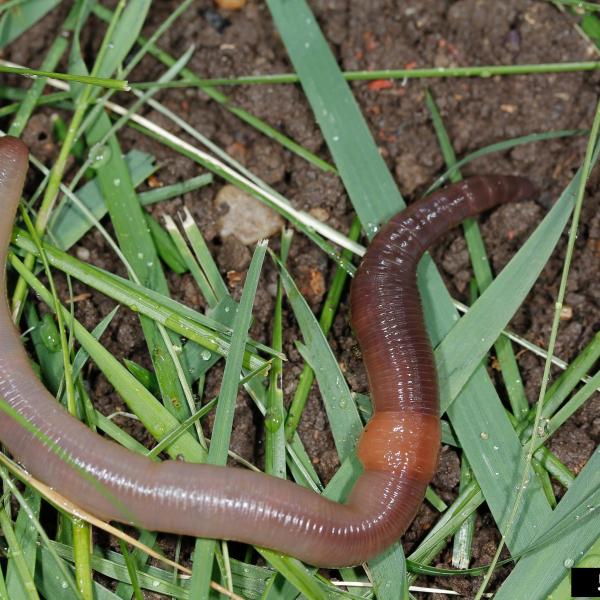
A new resource has been released, discussing the impact of earthworms in Vermont.
"Where Are They From?
All earthworms in Vermont are non-native. Approximately 12,000 years ago the state of Vermont was covered by glacial ice. This event removed any native earthworms which may have evolved with our forests.
Earthworms were inadvertently imported with soil and plant materials from Europe and Asia. They have continued to be imported purposefully as fishing bait and for use in gardens and composting.
Earthworms have been spread across the landscape in waterways and by the movement of plants, soil, and compost due to human agricultural and horticultural practices.
Many forests converted from agriculture have residual earthworm populations. Forests without this land use history, such as forests at higher elevations, developed without earthworm populations and so are at the most risk for change with invasion.
.........
Earthworm Study
A survey [done by researchers at the University of Vermont] of earthworm invasions into forests found 15 species present. An additional 4 are known to occur in Vermont but were not found during this survey. At 18 study locations, counts of earthworms were made along with measures of soil organic matter and mineral soil carbon. Land use histories were used to match earthworm survey results with information about past agricultural uses. Earthworm presence is extensive across Vermont forests. Sites with high earthworm diversity have reduced forest floor depth (soil organic layers) and higher mineral soil carbon (organic matter moved deeper in soil)."
For a full look at this new resource, visit the VT. Dept. of Forests, Parks & Recreation website: http://fpr.vermont.gov/sites/fpr/files/Forest_and_Forestry/Forest_Health...
This resource was researched and compiled by UVM, VT Dept. of Forests, Parks & Recreation, and made possible by the Northeastern States Research Cooperative through funding made available by the USDA Forest Service. The conclusions and opinions in that paper are those of the authors and not of the NSRC, the Forest Service, or the USDA.
Photo Credit: J. Berger, Earthworm Lumbricus terrestris, http://www.insectimages.org/browse/detail.cfm?imgnum=5439087